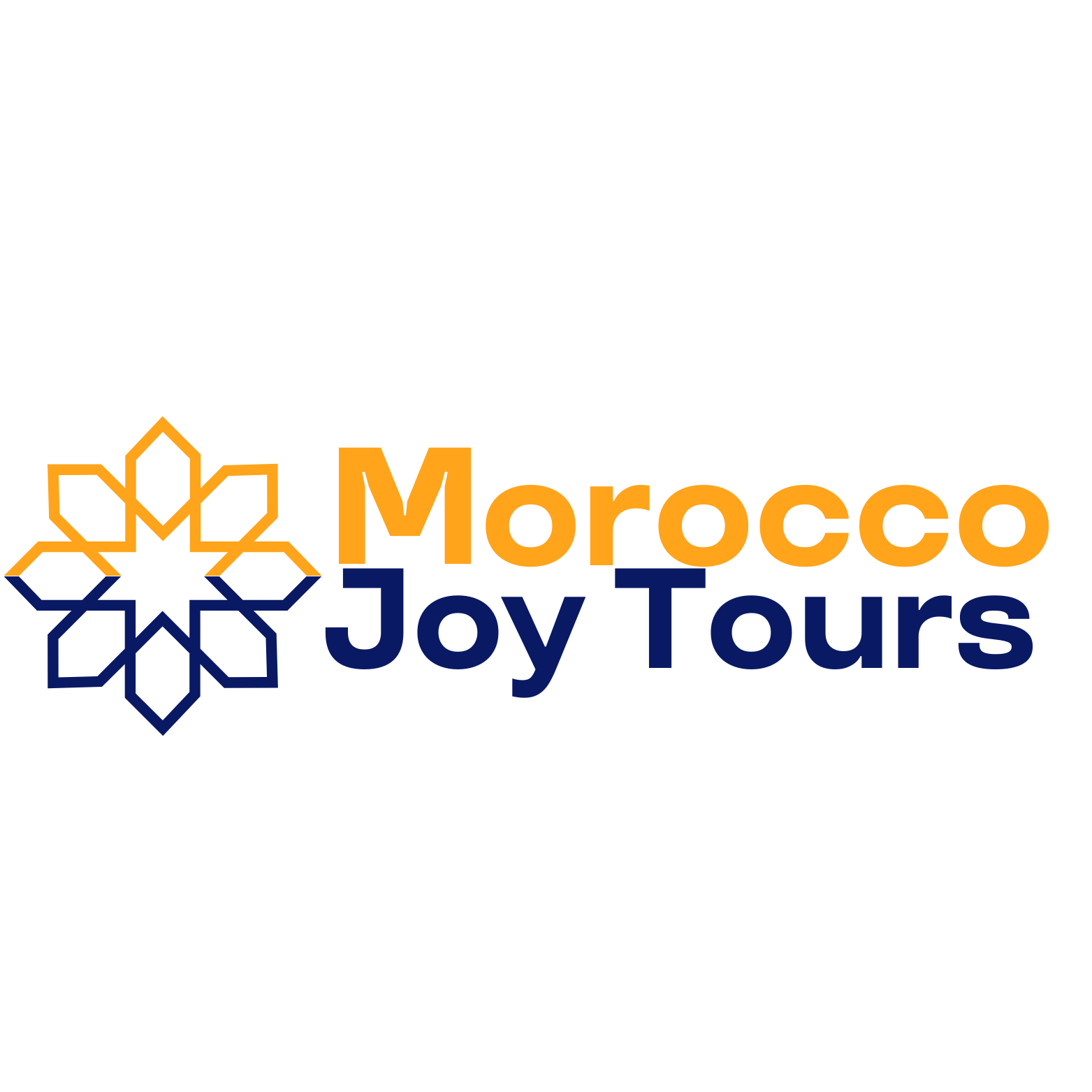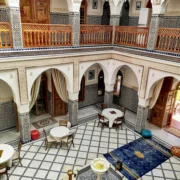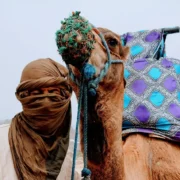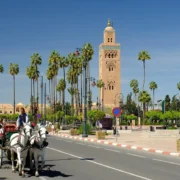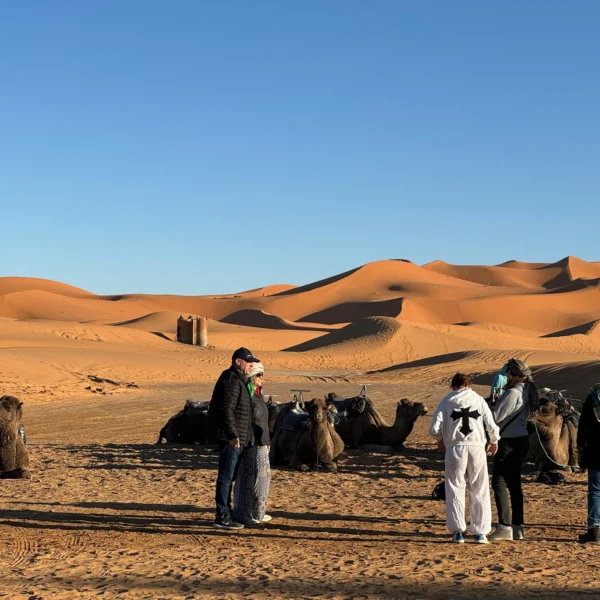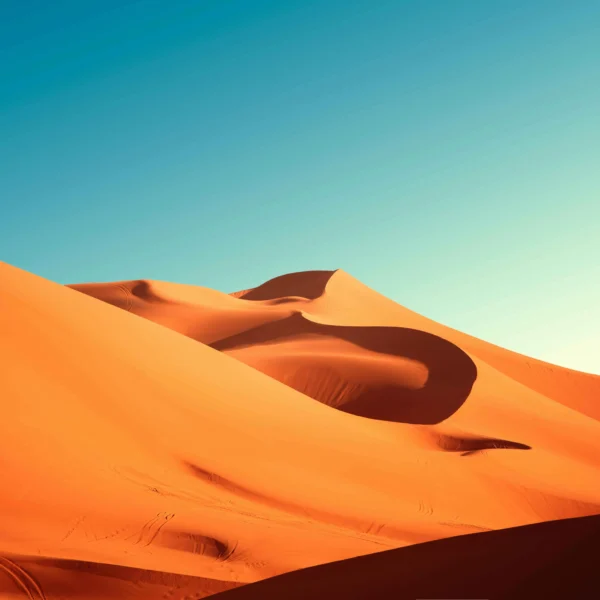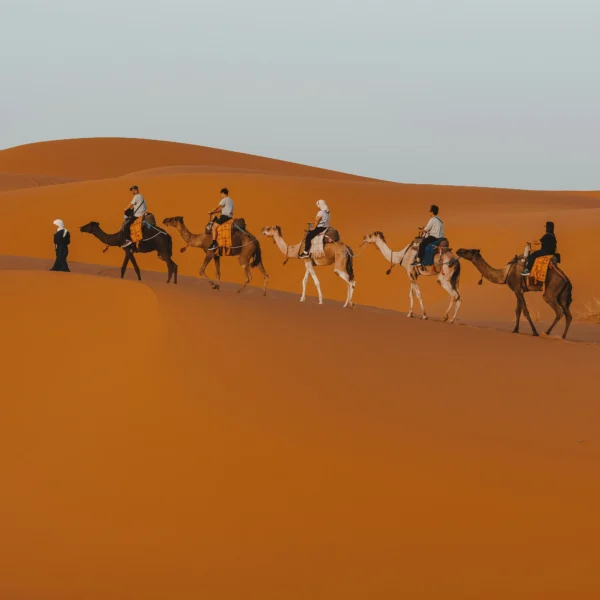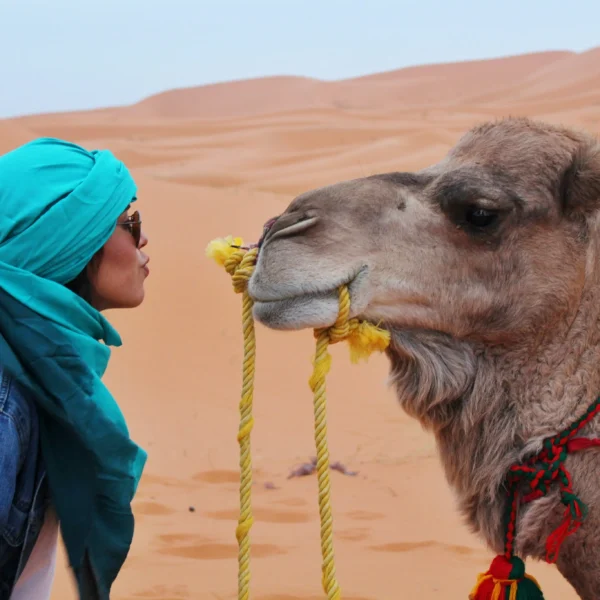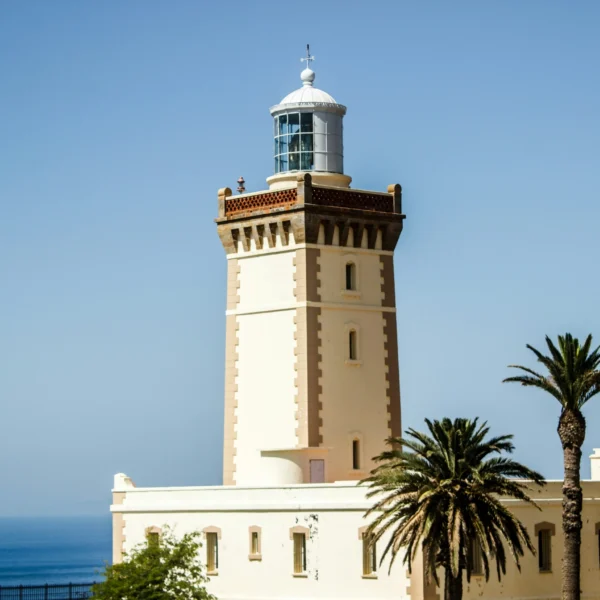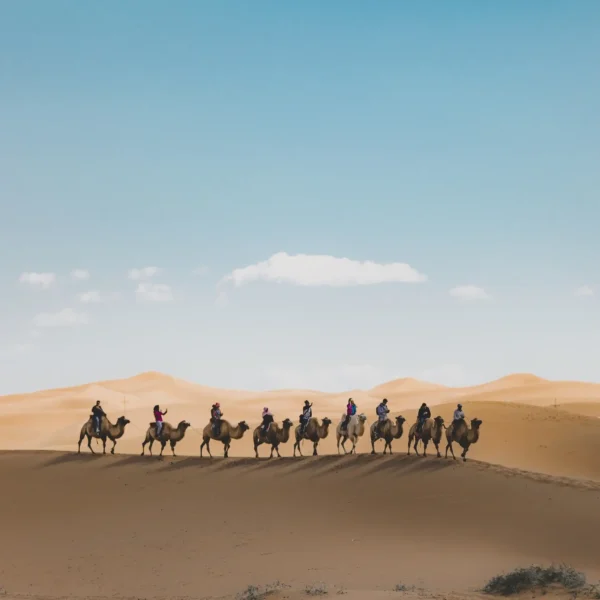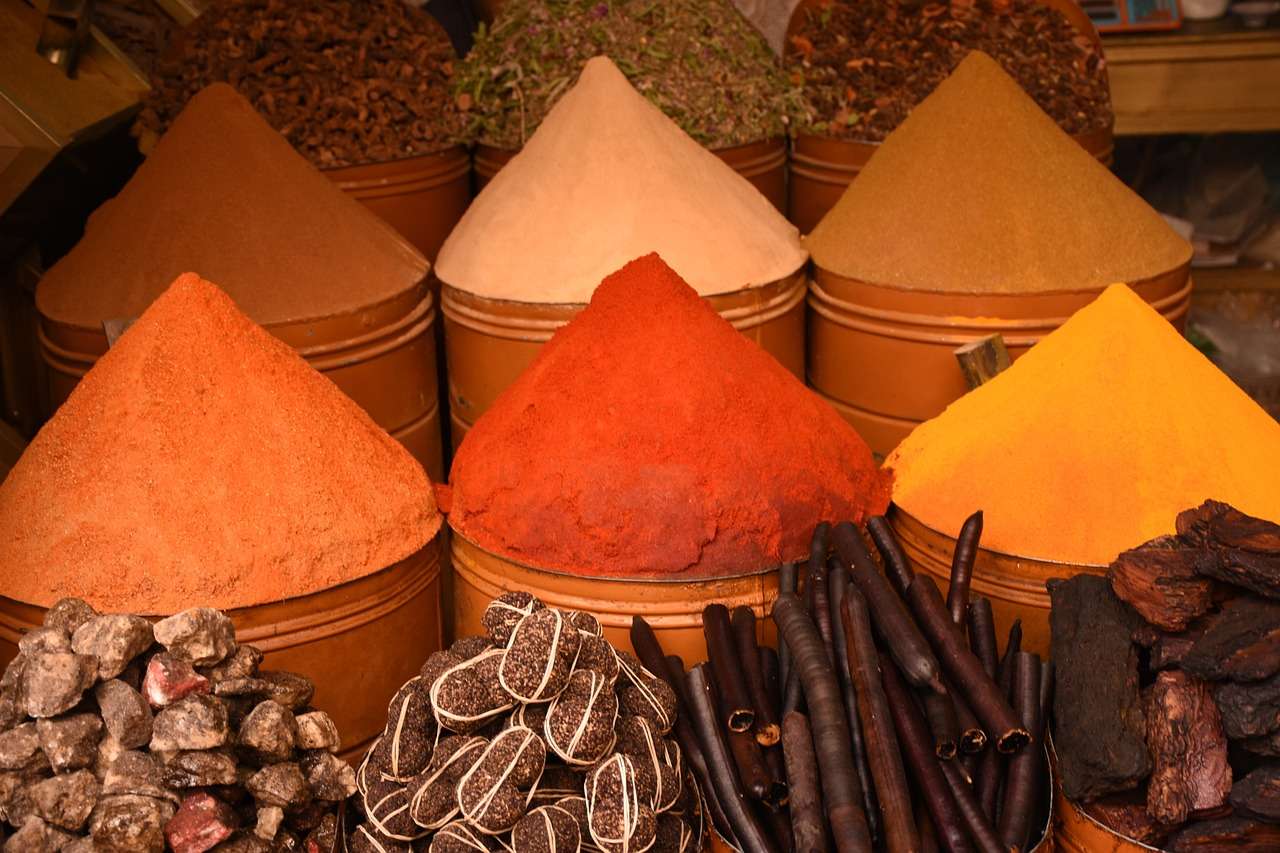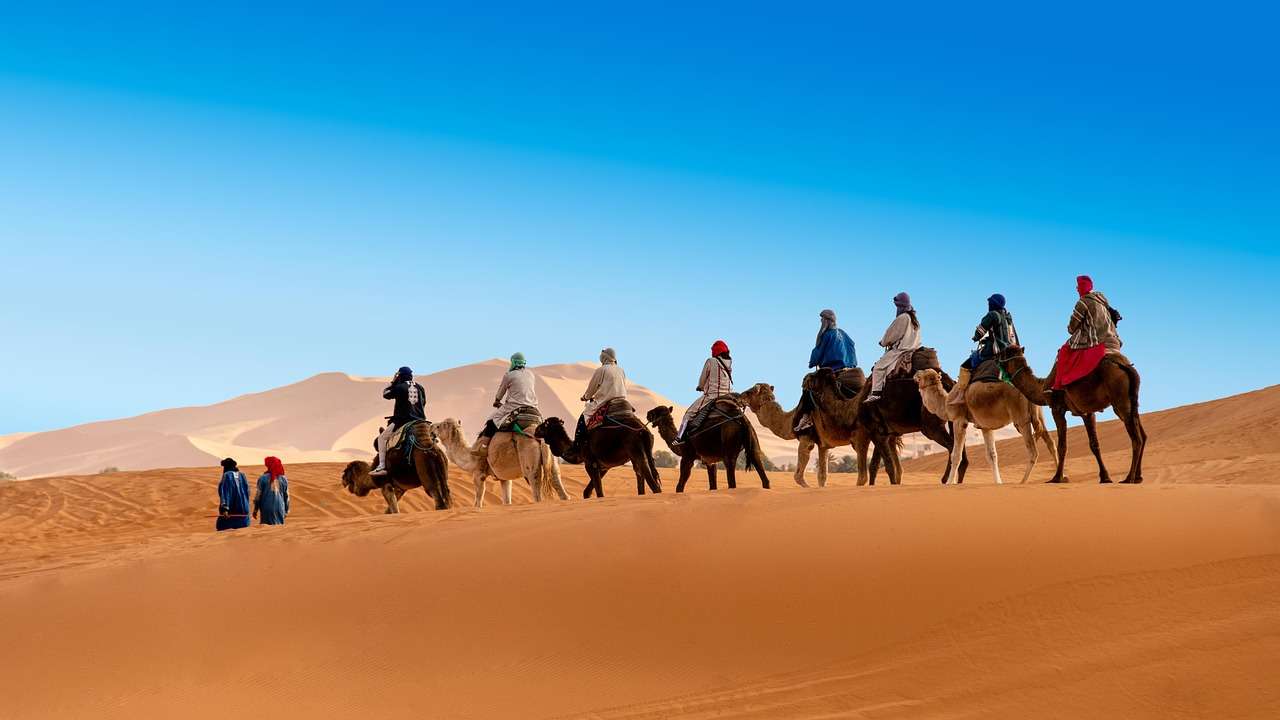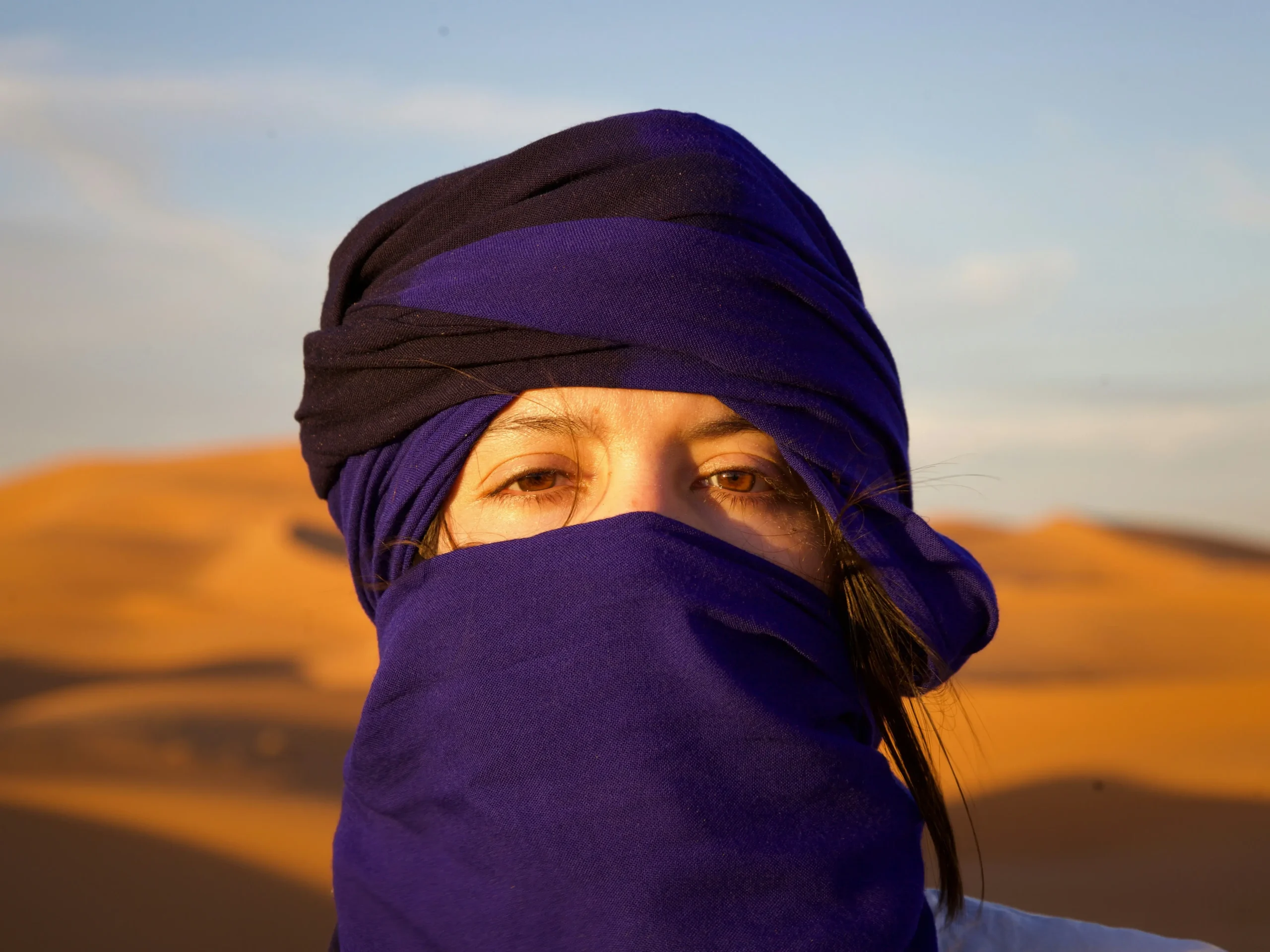
Discover Morocco Travel Destinations Beyond the Guidebook: Your Ultimate Guide
Table of Contents
ToggleHave you ever dreamed of stepping into a real-life Arabian Nights tale? Morocco travel destinations offer exactly that magical experience, where ancient traditions dance with modern adventures at every corner. Picture yourself sipping mint tea in a bustling medina, riding camels across golden sand dunes, or getting lost in the blue maze of Chefchaouen. This North African kingdom isn’t just a destination—it’s a sensory journey that’ll leave you planning your next visit before you’ve even left.
Whether you’re seeking imperial grandeur, coastal serenity, mountain adventures, or desert dreams, Morocco’s diverse landscape promises experiences that’ll make your Instagram followers seriously jealous. Let’s embark on this virtual journey through the most enchanting places this magical kingdom has to offer.
Imperial Cities: Morocco’s Crown Jewels
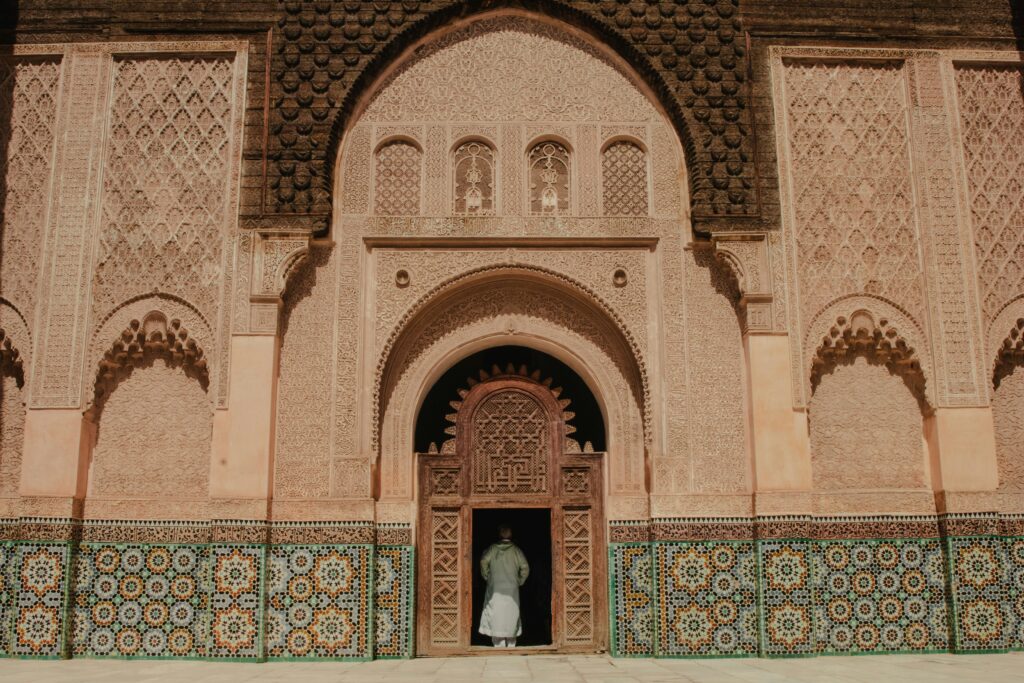
The four imperial cities of Morocco are like walking through living history books, each chapter more captivating than the last. These former royal capitals showcase Morocco’s rich heritage through stunning architecture, vibrant souks, and centuries-old traditions that continue to thrive today.
Marrakech: The Red City That Never Sleeps
Marrakech isn’t just a city—it’s an emotion wrapped in red sandstone walls. The moment you step into Jemaa el-Fnaa square, you’ll understand why this place has captured hearts for over a thousand years. By day, it’s a bustling marketplace where snake charmers, henna artists, and fruit vendors create a symphony of sights and sounds. As the sun sets, the square transforms into an open-air restaurant with food stalls serving tagines that’ll make you question everything you thought you knew about Moroccan cuisine.
Don’t miss the Majorelle Garden, where Yves Saint Laurent found his creative sanctuary among cobalt blue buildings and exotic plants. The contrast between the garden’s tranquility and the medina’s energy perfectly captures Marrakech’s dual personality.
“Marrakech is not just a destination, it’s a state of mind where every corner tells a story and every sunset paints the sky in shades of magic.” – Anonymous Traveler
Fez: A Living Medieval Masterpiece
If Marrakech is Morocco’s beating heart, then Fez is its intellectual soul. The Fez medina, a UNESCO World Heritage site, feels like time travel without the machine. Narrow alleyways wind through the world’s largest car-free urban area, where donkeys still carry goods and artisans practice crafts unchanged for centuries.
The University of Al Quaraouiyine, founded in 859 AD, holds the Guinness World Record as the world’s oldest continuously operating university. Walking through its ancient corridors, you can almost hear the whispers of scholars who shaped Islamic civilization.
Rabat: Morocco’s Elegant Capital
Often overshadowed by its more famous siblings, Rabat offers a perfect blend of imperial history and modern sophistication. The Hassan Tower, an unfinished 12th-century minaret, stands as a testament to ambitious dreams, while the nearby Mausoleum of Mohammed V showcases exquisite Moroccan craftsmanship.
The Kasbah of the Udayas, perched on a cliff overlooking the Atlantic, provides breathtaking sunset views and Instagram-worthy blue-and-white streets that rival Santorini.
Meknes: The Forgotten Imperial City
Dubbed the “Versailles of Morocco,” Meknes boasts the impressive Bab Mansour gate, considered one of the most beautiful in North Africa. The city’s laid-back atmosphere makes it perfect for travelers seeking authentic experiences without the crowds. The nearby Roman ruins of Volubilis add another layer to your historical journey.
Coastal Wonders: Morocco’s Stunning Seaside Destinations
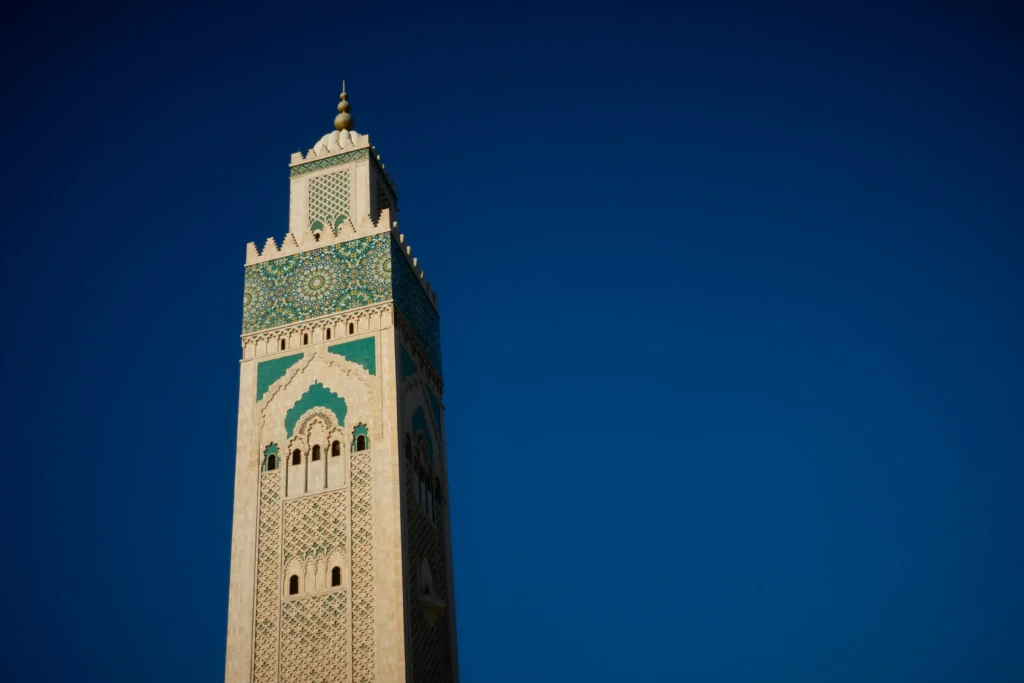
Morocco’s coastline stretches for over 1,800 miles, offering everything from cosmopolitan beach cities to charming fishing villages. The Atlantic and Mediterranean coasts each have their unique charm and adventures waiting.
Casablanca: Where Tradition Meets Modernity
Despite what Hollywood might have you believe, Casablanca is Morocco’s economic powerhouse rather than a romantic movie set. However, the Hassan II Mosque, with its stunning oceanfront location and minaret reaching 689 feet into the sky, creates moments that are genuinely cinematic.
The Corniche area offers modern beaches, upscale restaurants, and nightlife that rivals any international destination. It’s where young Moroccans come to see and be seen, creating a vibrant energy that’s infectious.
Essaouira: The Windy City by the Atlantic
Essaouira feels like Morocco’s bohemian cousin—relaxed, artistic, and perpetually windswept. The medina’s Portuguese and French influences create a unique architectural blend, while the harbor buzzes with blue fishing boats and seagulls dancing in the Atlantic breeze.
This coastal gem is a paradise for windsurfers and kitesurfers, but even landlubbers will fall in love with the town’s creative energy. Art galleries, music festivals, and seaside cafes serving the freshest seafood make Essaouira a perfect base for coastal exploration.
Tangier: Gateway Between Two Continents
Standing at Africa’s northern tip, Tangier has always been a crossroads of cultures. The Strait of Gibraltar separates Morocco from Spain by just 8 miles, making this city a fascinating blend of African, European, and Arab influences.
The Kasbah Museum and the Caves of Hercules offer glimpses into the city’s mythological and historical past, while the bustling Grand Socco provides modern-day adventures in shopping and people-watching.
Mountain Escapes: Atlas Adventures and Berber Villages
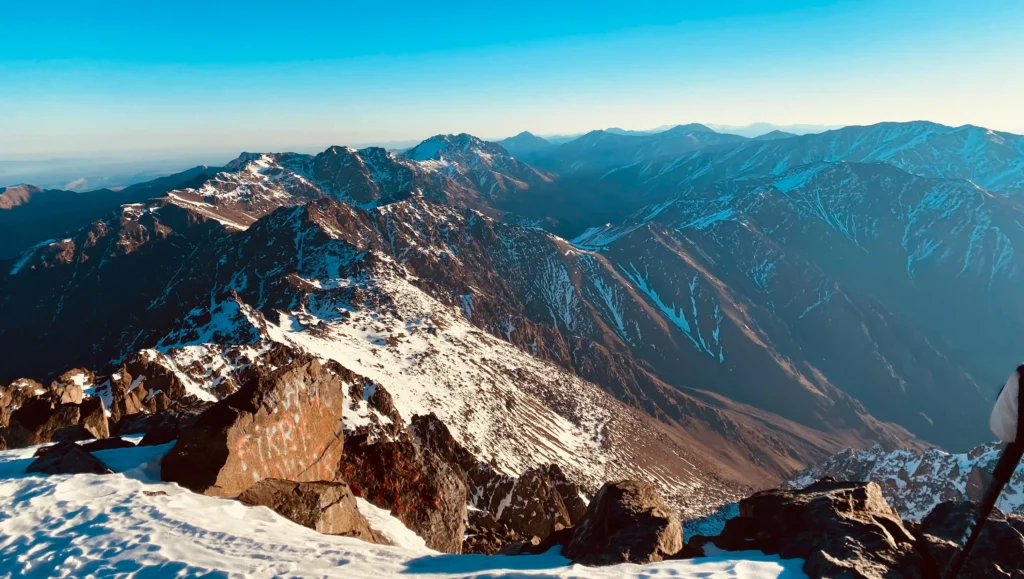
The Atlas Mountains stretch across Morocco like a spine, offering cool refuges from desert heat and coastal humidity. These ranges hide traditional Berber villages, stunning valleys, and Africa’s highest peaks.
High Atlas Mountains: Trekking Paradise
Mount Toubkal, North Africa’s highest peak at 13,671 feet, challenges serious hikers while the surrounding valleys offer gentler adventures for casual walkers. Traditional Berber villages like Imlil provide authentic mountain hospitality, where locals still speak Tamazight and maintain ancient traditions.
The changing seasons paint these mountains in different palettes—snow-capped peaks in winter, wildflower meadows in spring, and golden valleys in autumn. Each season offers unique photo opportunities and hiking experiences.
Chefchaouen: The Blue Pearl of the Rif Mountains
Is there anything more Instagram-worthy than Chefchaouen’s blue-washed buildings cascading down mountainsides? This small city became famous worldwide for its stunning azure palette, but Instagram doesn’t capture the peaceful atmosphere that makes visitors extend their stays indefinitely.
Theories about why everything is painted blue range from mosquito repelling to spiritual significance, but the effect is undeniably magical. Wandering through narrow streets feels like exploring a blue dream, especially during the golden hour when the blue walls glow with warm light.
“Chefchaouen doesn’t just show you beauty—it makes you part of it, wrapping you in tranquility that seeps into your soul.” – Travel Writer
Desert Dreams: Sahara Experience and Oasis Towns
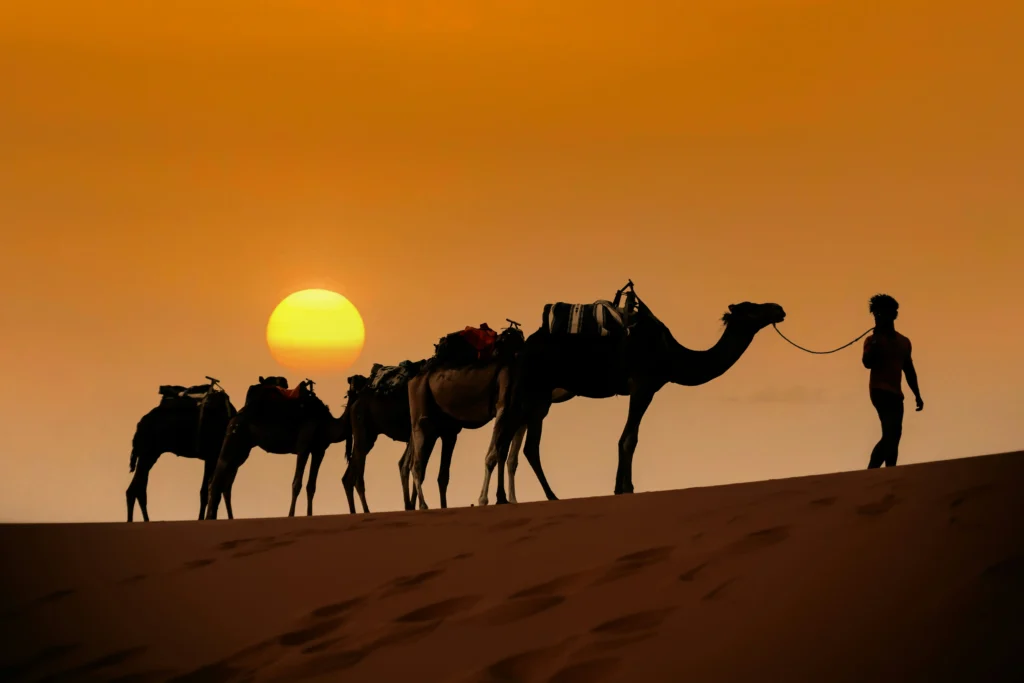
No Morocco travel destinations list is complete without the Sahara Desert experience. This isn’t just sand—it’s a spiritual journey through one of Earth’s most magnificent landscapes.
Merzouga: Gateway to the Sahara Desert
Merzouga sits on the edge of Erg Chebbi, where some of the Sahara’s tallest dunes reach 500 feet high. The Merzouga travel experience includes camel trekking at sunset, sleeping under more stars than you’ve ever seen, and watching sunrise paint the dunes in impossible shades of gold and orange.
The silence of the desert is profound—no traffic, no phones, just the whisper of wind across sand. Many travelers describe their Sahara desert tours from Marrakech as life-changing experiences that put daily stresses into perspective.
Zagora: The Desert’s Southern Gateway
Less touristy than Merzouga, Zagora offers more intimate desert experiences. The sign reading “Timbuktu 52 days” reminds visitors of ancient caravan routes, while nearby Draa Valley provides stunning palm grove scenery that contrasts beautifully with surrounding arid landscapes.
| Desert Location | Best For | Duration | Experience Level |
|---|---|---|---|
| Merzouga | Tall dunes, luxury camps | 2-3 days | Beginner to Advanced |
| Zagora | Intimate experience, shorter travel | 2 days | All levels |
| Erg Chigaga | Remote adventure | 3-4 days | Intermediate to Advanced |
Hidden Gems: Off-the-Beaten-Path Morocco Travel Destinations
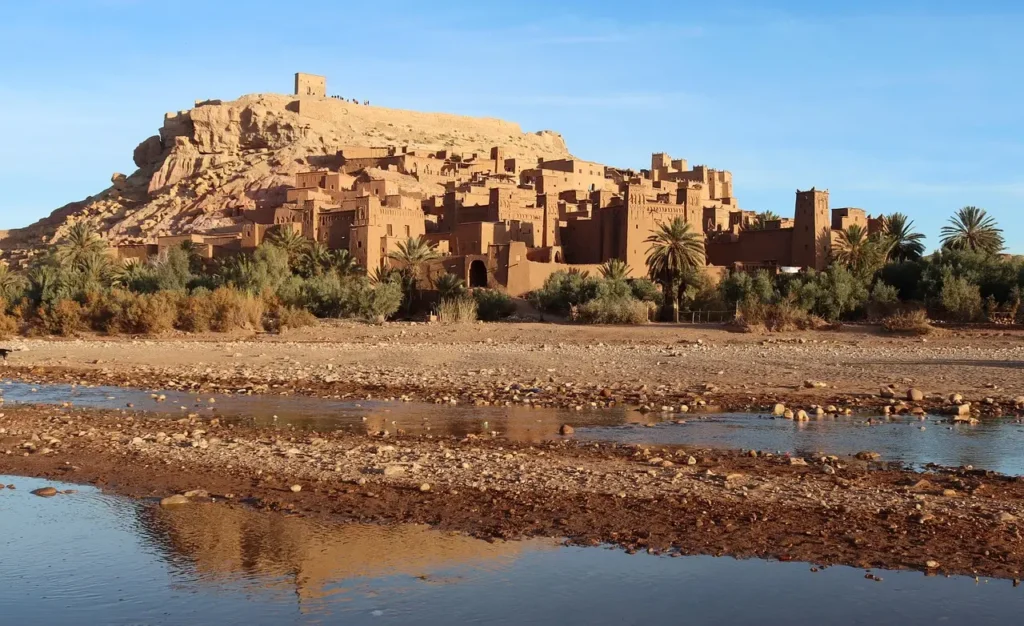
Beyond the famous stops lie treasures that reward adventurous travelers with authentic experiences and fewer crowds.
Ouarzazate: Hollywood of Morocco
Known as the “Gateway to the Desert,” Ouarzazate has doubled as everywhere from ancient Jerusalem to fictional planets in Hollywood blockbusters. The Atlas Film Studios offer behind-the-scenes tours, while nearby Ait Benhaddou provides one of Morocco’s most photographed kasbahs.
The contrast between movie magic and traditional Berber life creates unique cultural experiences you won’t find anywhere else.
Dades Valley: The Valley of a Thousand Kasbahs
The Dades Valley winds through dramatic gorges lined with ancient fortresses and traditional villages. Rose cultivation here produces some of the world’s finest rose water, celebrated annually during the Rose Festival in May.
The dramatic rock formations, known as “Monkey Fingers,” create surreal landscapes that photographers dream about, while traditional kasbahs provide glimpses into Morocco’s architectural heritage.
Planning Your Morocco Adventure: Essential Travel Tips
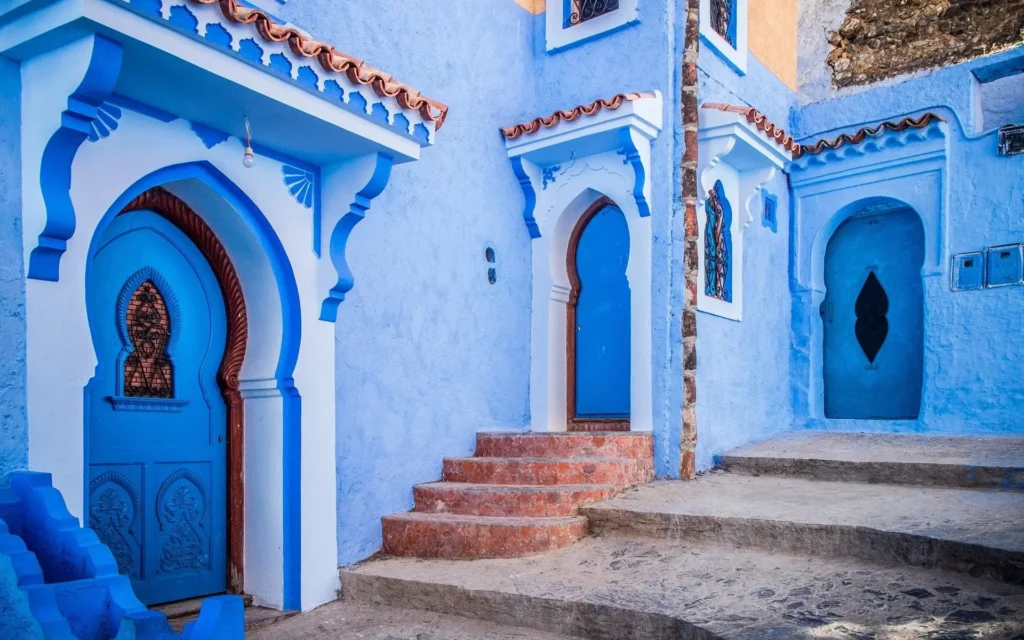
Successful Morocco travel requires some insider knowledge to navigate cultural differences and maximize your experience.
Best Time to Visit:
- Spring (March-May) and Fall (September-November) offer ideal weather
- Winter provides cool, comfortable temperatures but shorter days
- Summer can be extremely hot, especially in desert and inland areas
Cultural Considerations:
- Dress modestly, especially when visiting religious sites
- Learn basic Arabic or French phrases—locals appreciate the effort
- Bargaining is expected in souks but approach it with respect and humor
- Friday is the holy day, so some attractions may have limited hours
Transportation Tips:
- Morocco tours often provide the easiest way to see multiple destinations
- Trains connect major cities efficiently
- Renting a car gives flexibility but requires confidence in chaotic traffic
- Grand taxis offer affordable intercity travel
“Morocco doesn’t just offer destinations—it offers transformations. Every traveler leaves with stories that become part of who they are.” – Seasoned Morocco Guide
Frequently Asked Questions About Morocco Travel

Is it safe to travel to Morocco?
Morocco is generally considered one of Africa’s safest travel destinations. The tourism police are visible in major tourist areas, and violent crime against tourists is rare. However, like any destination, use common sense: don’t flash expensive items, stay aware of your surroundings, and trust your instincts. Petty theft and scams can occur, particularly in busy markets, but following basic precautions keeps most travelers trouble-free.
When is the best time to travel to Morocco?
The ideal time for Morocco travel destinations is during spring (March to May) and autumn (September to November) when temperatures are comfortable across all regions. Winter (December to February) offers pleasant weather for coastal and desert areas but can be cold in the mountains. Summer (June to August) brings intense heat to interior regions but provides perfect weather for mountain retreats and coastal escapes.
What should I pack for Morocco?
Pack layers for varying temperatures, especially if visiting multiple regions. Include modest clothing that covers shoulders and knees for cultural sites, comfortable walking shoes for medina exploration, sandals for beach areas, and sun protection. Don’t forget a universal power adapter, basic medications, and a good camera for capturing Morocco’s photogenic moments.
Do I need a visa to visit Morocco?
Many nationalities, including US, Canadian, and EU citizens, can enter Morocco visa-free for up to 90 days. Your passport should be valid for at least six months from your entry date. Check current requirements with your country’s embassy, as regulations can change. Some visitors may need to show proof of onward travel or sufficient funds.
Your Moroccan Journey Awaits
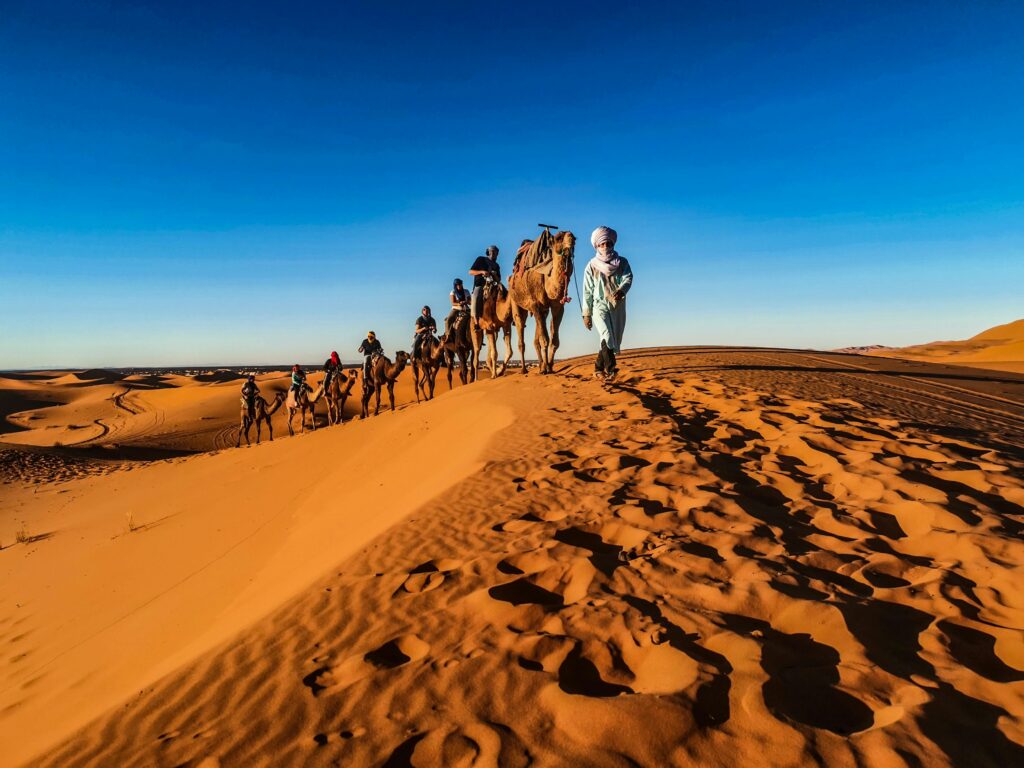
Morocco travel destinations offer experiences that satisfy every type of traveler—from luxury seekers to budget backpackers, culture enthusiasts to adventure junkies. Whether you’re exploring the best places in Morocco or venturing into hidden valleys, this kingdom provides memories that last lifetimes.
The magic of Morocco lies not just in its stunning landscapes or architectural wonders, but in the warmth of its people and the richness of experiences waiting around every corner. From sipping traditional mint tea in a riad courtyard to watching shooting stars from your desert camp, Morocco doesn’t just show you beauty—it invites you to become part of its ongoing story.
Your Moroccan adventure is calling. Will you answer? The medinas are buzzing, the mountains are beckoning, and the desert is whispering your name. Pack your sense of wonder and prepare for a journey that will redefine what travel means to you.

